Rockfall, a major risk for rock climbers
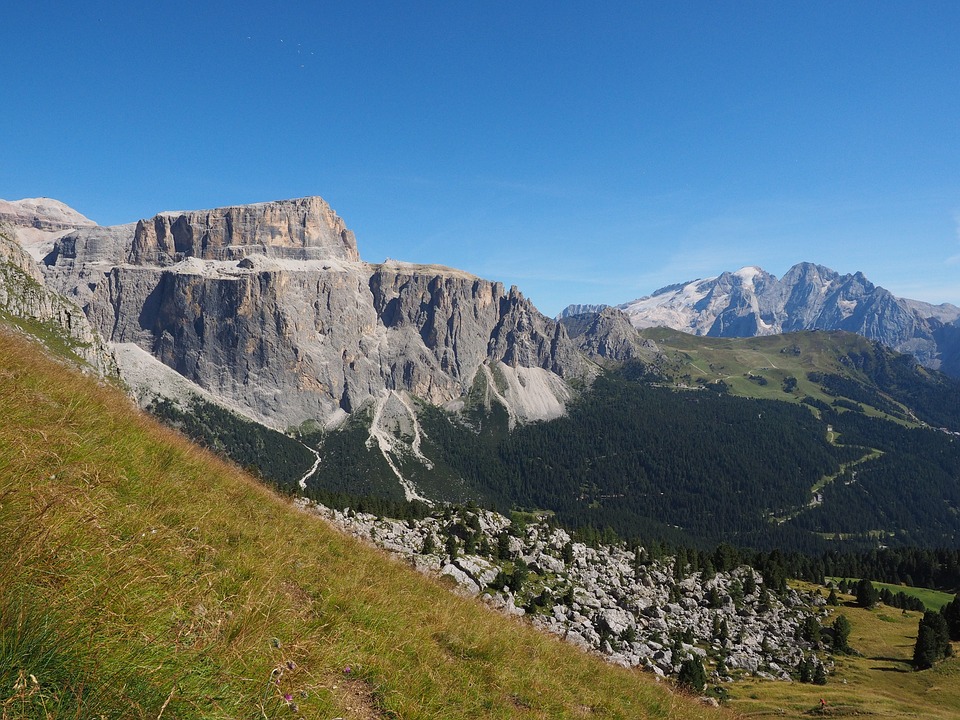
Most people know that rock climbing is dangerous. After all, it’s pretty obvious. However, most people have a skewed view of what the risks really are. What’s the most dangerous thing that can happen when you’re climbing? Not falling, not damaged gear, not inattentive partners. Although all of those things are extremely dangerous, rockfall tops them all.
Although rockfall doesn’t necessarily claim more lives or cause more injuries, it’s completely beyond a climber’s control. Furthermore, if rockfall strikes a belayer, it can kill the climber too. You probably think we’re talking about boulders falling off of cliffs, don’t you? Not so. Even rocks the size of golf balls can smash your skull. Rocks the size of a cherry pit can even be devastating. When a rock falls hundreds of feet, it can attain deadly speed.
What causes common rockfall?
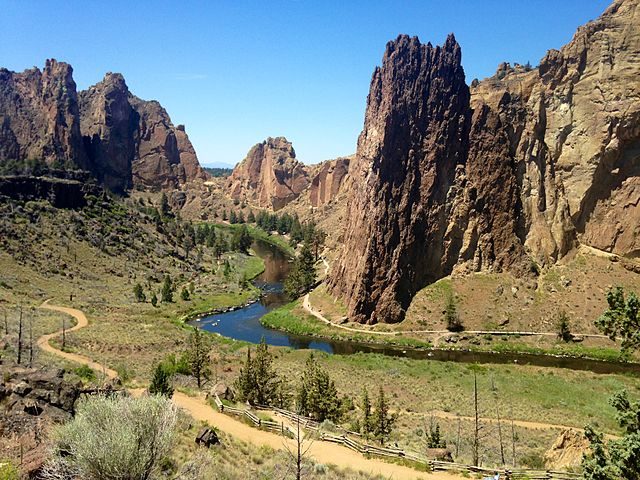
Most rockfall is one or more rocks of basketball size or smaller falling towards you from above. Almost no matter the size, it’s deadly serious. If a rock hits you or one of your climbing partners, a fun outing could quickly become an emergency situation. Usually, rockfall is caused by someone above you. That could be a tourist on trails above the wall. It could be another climber higher up on the same climb (if it involves multiple pitches). Or it could be other climbers on the summit you are climbing towards. Climbers, fortunately, know to be extremely careful not to dislodge rocks. Hikers and tourists, however, do not.
That’s why some of the most dangerous places to climb are where trails or overlooks exist above climbing areas. In my home state of Washington, Mt Erie is such an area. The top of the area is accessed by car. There, tourists walk around on the upper rock slopes and take pictures. It’s not uncommon to see them accidentally dislodge rocks, or even intentionally throwing rocks over the edge. Never do that. Whether you know, there could be climbers below or not.
What to do if you see rockfall happen
The most important thing to do anytime a rock starts rolling downhill is to yell “Rock!” at the top of your lungs. If you’re not a climber, it may seem silly. However, it could literally save a climber’s life. A split second of warning can be enough to duck under cover. I’ve dodged rocks many times because a partner immediately yelled rock, before it had even left the ledge it was on.
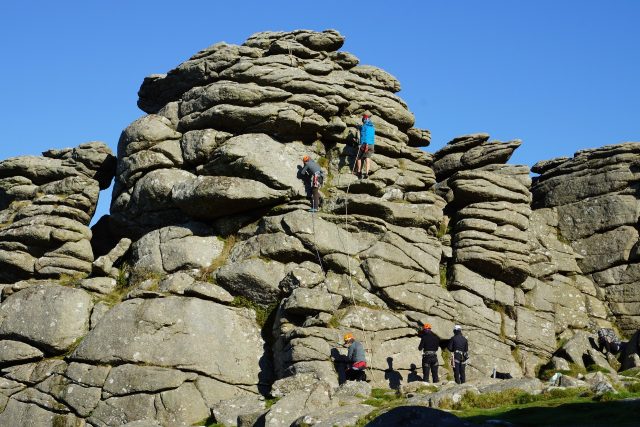
Sometimes rockfall happens because of something more innocent, like sliding sand. In non-vertical or chossy terrain, it’s not uncommon to be stepping on a sand and small gravel. Always be aware of what’s moving underfoot and try to minimize the amount of sand and sediment you dislodge. If you ever see people being reckless with rockfall, or even worse, throwing rocks off of cliffs, speak up. Tell them that that could be deadly to people below. And tell them to stop.
How to protect yourself from rockfall
A lot of people don’t realize that climbing helmets aren’t like other helmets. They aren’t just designed to protect you if you fall. After all, it’s pretty rare to actually hit your head when you fall rock climbing. A climbing helmet’s main purpose is to protect you from rockfall. This is especially true on multi-pitch or alpine climbs.
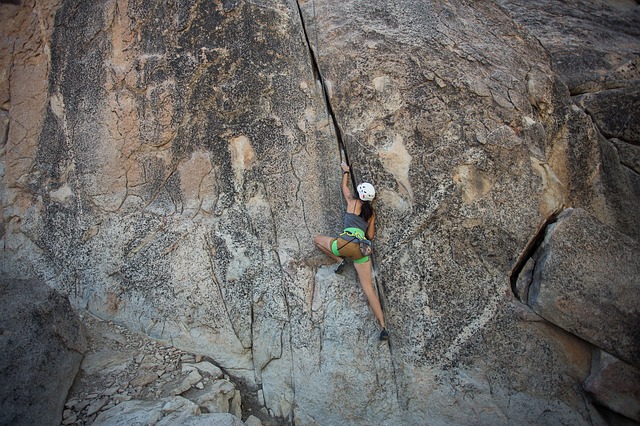
In fact, I won’t even climb multi pitch with people who don’t have helmets. It’s just that important. If you’re a climber and you don’t have one yet, get one. Even if you’re just spending the day at the sports crag. Wearing a helmet is especially important for the belayer. If your climber accidentally knocks a rock off above you, it could knock you out or kill you. If that were to happen, your climber would also likely fall to the ground.
This is also a good argument for using a locking belay device like a grigri. If something were to happen to you while you were belaying, a grigri would lock and prevent your climber from falling too far. It could actually save their life.
Major rockfall
The scariest part about climbing on big walls for many of us comes in the form of major rockfall events, otherwise known as exfoliation. In this case, we’re not talking about rocks you can hold in your hand, we’re talking about rocks the size of fridges, houses, or even bigger.
How does such a large rock fall in the first place? The sun. It may sound crazy, but it’s actually not as rare as you may think. Yosemite National Park is where some of the most well-known exfoliation events of recent times have occurred. The combination of sub-freezing temps and blazing hot sun can expand cracks deep within the granite walls Yosemite is so famous for.
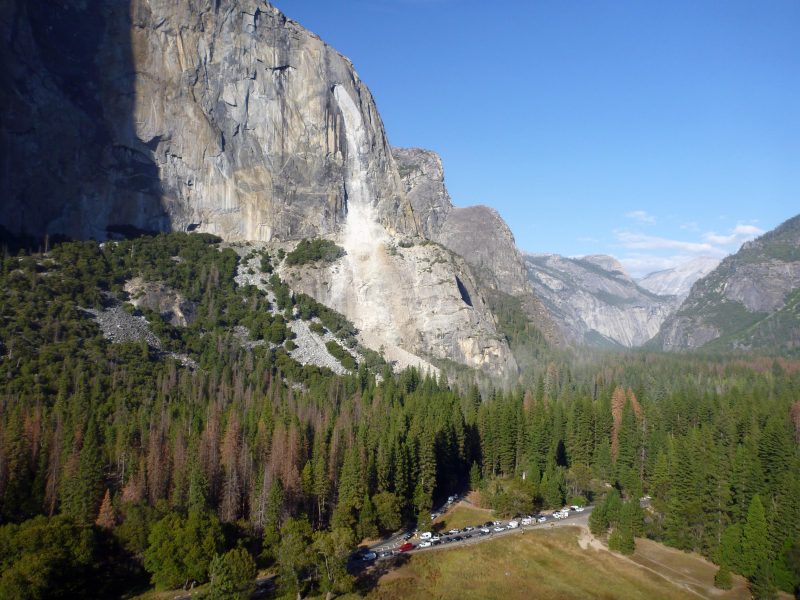
In September 2017, one of the biggest rockfall events witnessed in recent times rocked the park, so to speak. One man was killed, another was injured. And although climbers mostly avoided the affected area for the remainder of the season, even this did little to slow them down.
So, if you’re just getting into climbing outdoors, buy a helmet. If you’re an experienced climber, buy a helmet. Even if you just make a habit of hanging with your climbing friends at the base of the walls, maybe taking photos, or talking shit, you should probably buy a helmet.
If you have any comments, then please drop us a message on our Outdoor Revival Facebook page
If you have a good story to tell or blog let us know about it on our FB page, we’re also happy for article or review submissions, we’d love to hear from you.
We live in a beautiful world, get out there and enjoy it. Outdoor Revival – Reconnecting us all with the Outdoors.
